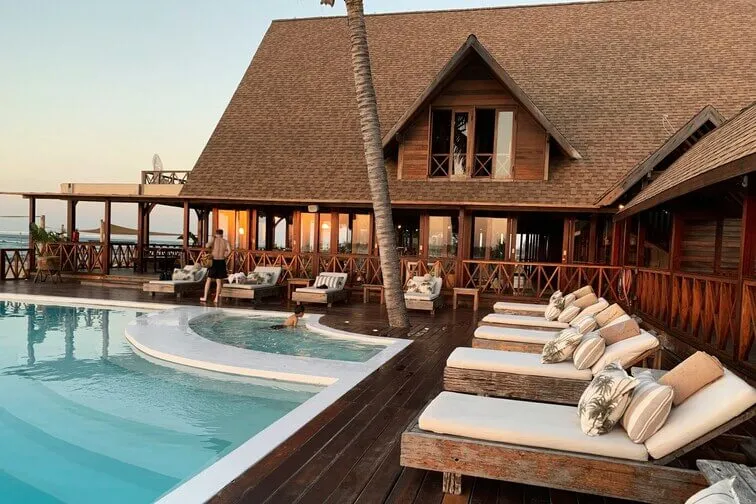🏛️ Dambulla Royal Cave Temple – A Sacred Sanctuary in the Heart of Sri Lanka
Located at an elevation of approximately 1,118 feet above sea level, the Dambulla Royal Cave Temple is one of Sri Lanka’s most significant Buddhist sites. It sits strategically between three ancient capitals: Anuradhapura, Polonnaruwa, and Kandy.
🗺️ Historical Background
🔍 Archaeological evidence reveals that this area was inhabited since prehistoric times, with burial sites from the Stone Age to the early historical period.
🛕 When Buddhism spread to Sri Lanka from India, this rocky outcrop was transformed into a sacred site. Natural caves were gradually expanded into monastic shrines for monks and royal patrons.
👑 King Valagamba (Vattagamini Abhaya), who once took refuge here during exile, was the first to sponsor and transform the site into a Buddhist monastery.
🎨 Over the centuries, several monarchs continued to enhance the temple complex, particularly during the Kandyan period (18th–19th century CE), leaving behind stunning artistic and architectural legacies.
⛩️ The Five Main Caves
-
Cave 1: Deva Raja Viharaya (Temple of the Divine King)
The oldest of the five, this cave houses a large reclining Buddha statue, surrounded by serene paintings and a quiet, reverent atmosphere.
-
Cave 2: Maharaja Viharaya (Temple of the Great Kings)
The largest cave, it features multiple Buddha statues, an image of King Valagamba, and the “eternal water pot”, a drip-fed vessel that never runs dry. The walls are adorned with colorful murals depicting Buddhist tales and Hindu deities such as Ganesha and Skanda.
-
Cave 3: Maha Alut Viharaya (Great New Temple)
Constructed by King Kirti Sri Rajasinghe, it contains a 30-foot reclining Buddha and several seated and standing Buddha images.
-
Cave 4: Paccima Viharaya (Western Temple)
A small, intimate chamber with modest murals and Buddha statues, offering a quiet retreat from the crowds.
-
Cave 5: Devana Alut Viharaya (Second New Temple)
Originally used as a storage area, this cave was later converted into a shrine with a reclining Buddha and decorative elements.
🎨 Art & Architecture
The interiors of the caves are richly adorned with mural paintings and Buddha statues, showcasing styles from different historical periods. The Kandyan art style is especially prominent, marked by:
Golden-hued depictions of the Buddha
Red backgrounds
Robes with wave-like patterns
Murals illustrate key episodes from the Buddha's life, such as:
The First Sermon
Seven days of walking meditation after Enlightenment
You’ll also find statues of Bodhisattva Avalokiteshvara, Hindu deities, and ornate Makara Toranas (dragon-arch motifs), a hallmark of Sri Lankan art that later influenced Sukhothai and Rattanakosin art in Thailand.
☁️ Atmosphere & Visitor Tips
The surroundings are peaceful and spiritual, with breathtaking views from the mountaintop. The temple complex is ideal for those interested in history, religion, and art. There is ample parking at the base, followed by a 10–15 minute stair climb to reach the caves.










